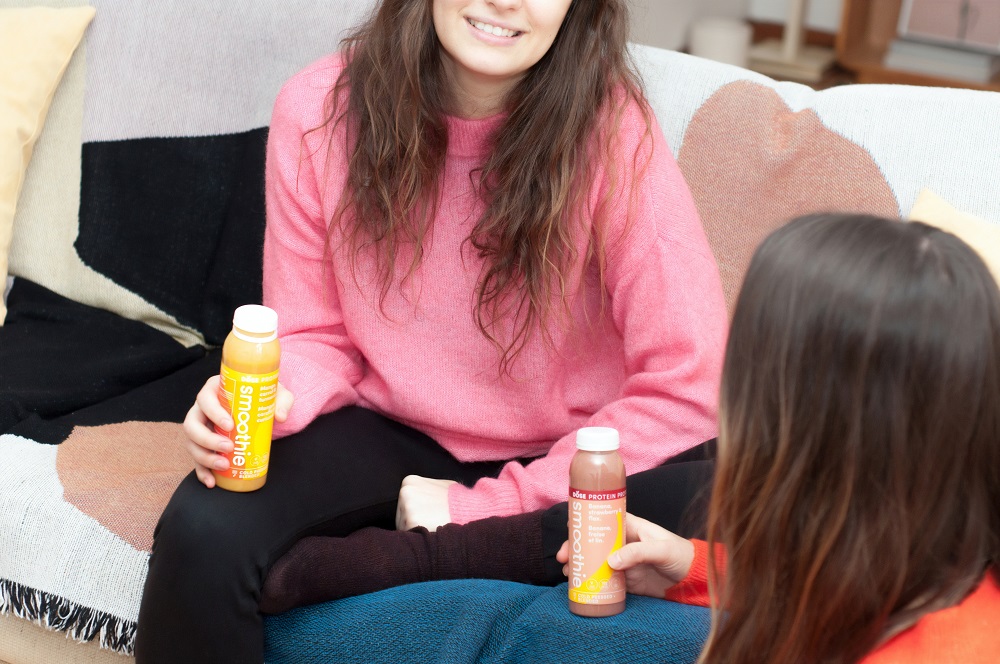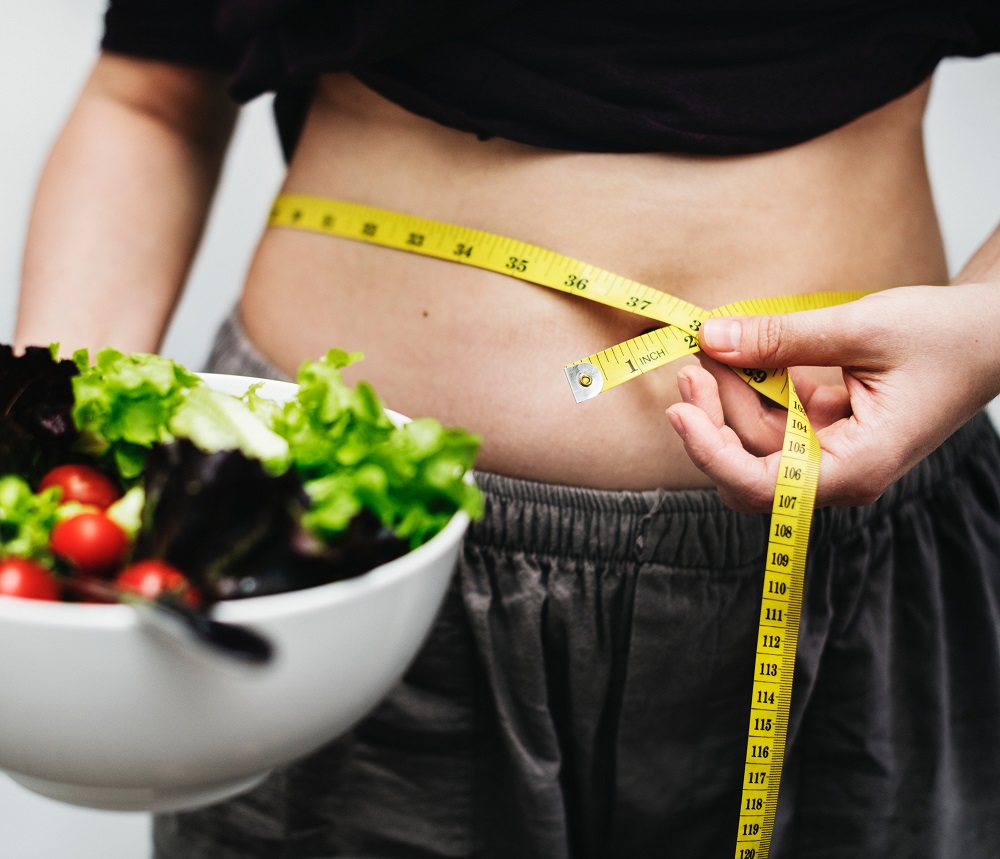Despite numerous studies and experiments conducted by various scientific journals and publications that completely and decisively debunk juice cleanses as being a fad AND being bad for you, there are still hardcore groups of people out there who still, regardless of all evidence pointing otherwise, believe in the power of the juice cleanse.
Much like anti-vaxers, Trump supporters, and flat-earthers, juice cleansers are firmly rooted in their belief that what they’re doing is right, and that those darn scientists are just saying all of those mean things because they work for Big <insert industry name here>.
To be clear, there are actual benefits to drinking fruits and vegetables; in fact, some researchers even encourage doing this on a regular basis. However, making that the only thing that enters your body? That’s a big no-no.
A Little Good and a Whole Lot of Bad
The good news: fruits and vegetables are chock-full of essential vitamins and minerals, so having them in your body, in moderate and reasonable quantities, are a good thing.
Now, for the bad news, and there’s a lot of bad news…
 First off, let’s talk about fruit. Whole fruits contain two types of fiber: soluble and insoluble. When you chew whole fruits, these 2 fibers form a kind of protective coating that covers a large part of your upper digestive system. This coating helps your body absorb the insane amounts of sugar that fruits have (for context, a single piece of banana can have over 10 grams of sugar) at a regulated pace that your liver can handle, and not all at once.
First off, let’s talk about fruit. Whole fruits contain two types of fiber: soluble and insoluble. When you chew whole fruits, these 2 fibers form a kind of protective coating that covers a large part of your upper digestive system. This coating helps your body absorb the insane amounts of sugar that fruits have (for context, a single piece of banana can have over 10 grams of sugar) at a regulated pace that your liver can handle, and not all at once.
The excess sugar that doesn’t get absorbed gets sent to this place in your digestive system called the Jejunum. Despite sounding like a made-up word, the jejunum is an actual thing: it’s a portion of your digestive tract that contains health-promoting bacteria. These bacteria thrive on sugars and can help prevent up to 25% of the sugars from being absorbed.
The problem, then, lies when you blitz fruit into juice. This destroys the natural fibers of the fruit, which means that they can’t protect your body from absorbing all that sugar. In fact, a 2013 study by the Harvard School of Public Health showed that people who ate whole fruits had a reduced risk of type-2 diabetes, while those who drank fruit juice had a higher risk of diabetes.
And that’s just the tip of the iceberg. It turns out that turning fruits into juice makes it easier for people to have too much of it. When you eat whole fruits, it’s easier to manage: a whole orange or a couple of bananas can be enough to make you full. When you juice it, however, you tend to use more than just a couple of oranges to fill up a glass. This means that you’re consuming the sugar of 6-7 oranges in one sitting. That’s not good, considering that a single orange can contain up to 9 grams of sugar and the daily recommended sugar intake by the American Heart Association is 25 grams.
This is true for all fruits, even those weird “superfoods” these health nut stores like to market aggressively to everyone. Even Açaí berries, that wonder food that’s supposed to be the be-all-or-end-all health product in the past decade, contains a whopping 27 grams of sugar per 1 cup. Despite being filled with antioxidants, vitamins, and all the other things that vegan yoga instructor claims, the cons outweigh the pros.
So with all of this in mind, why the heck are people still following it?!
Convincing Results
 If you’re wondering why, it’s because juice cleanses do produce instant results, with people reporting they’ve lost over 5 lbs in 3 days. But the problem with that is, they’re losing water weight, and, in some extreme cases, muscle mass. A lot of the misconception, however, isn’t coming from some malicious juice-cleanse illuminati; as with a lot of things, it’s just plain old ignorance.
If you’re wondering why, it’s because juice cleanses do produce instant results, with people reporting they’ve lost over 5 lbs in 3 days. But the problem with that is, they’re losing water weight, and, in some extreme cases, muscle mass. A lot of the misconception, however, isn’t coming from some malicious juice-cleanse illuminati; as with a lot of things, it’s just plain old ignorance.
There is no lack of pro-juice studies. In fact, one study conclusively showed that a 3-day 1,300 calorie juice-cleanse helped their subjects lose more than 3 lbs, not to mention produce positive changes such as better gut flora, improved blood flow, and better arterial health.
From a scientific perspective, the study is sound. Yes, the results were vetted by third-party scientists and journals and found them to be accurate. However, the methodology used to come to the study’s conclusion is flawed. On one hand, the juice study did not compare itself to other calorie-restrictive diets, which may or may not produce results that are similar, if not the same. The study also did not measure blood sugar levels or insulin production, two factors that greatly contribute to the health risks associated with the cleanse.
But perhaps the most important factor is the time: the study lasted only 3 days. Many scientists argue that of course you’ll see weight loss results in that span of time with a calorie-restrictive diet. In fact, you could eat nothing but Doritos for 3 days, and as long as you kept your calorie intake 1,300, you’d see the same results too (please do not eat nothing but Doritos for 3 days).
Half Truths and Whole Lies
 At this point, it’s clear that the people who market juice cleanses are using half-truths to sell it to the unwitting. But at least they’re not outright lying, right?
At this point, it’s clear that the people who market juice cleanses are using half-truths to sell it to the unwitting. But at least they’re not outright lying, right?
Well, not quite. One of the main selling points of juice cleanse is in its name. Juice cleanses are purported to have the ability to “cleanse” the body of toxins. However, what these “toxins” are specifically is never mentioned.
While the body does contain “toxins” in the form of chemicals that produce negative effects, the human body already has a natural way of “cleansing” itself, from our auto-immune system to our liver. These bodily functions are all designed to keep your body free of “toxins” and usually require no more than a balanced diet and moderate physical activity to keep it functioning at maximum efficiency.
So in short, play it safe: don’t do juice cleanses. They’re bad for you. If you want to eat your fruits and vegetables, do it the old-school way and have them whole.
And please, don’t do the Doritos thing.



